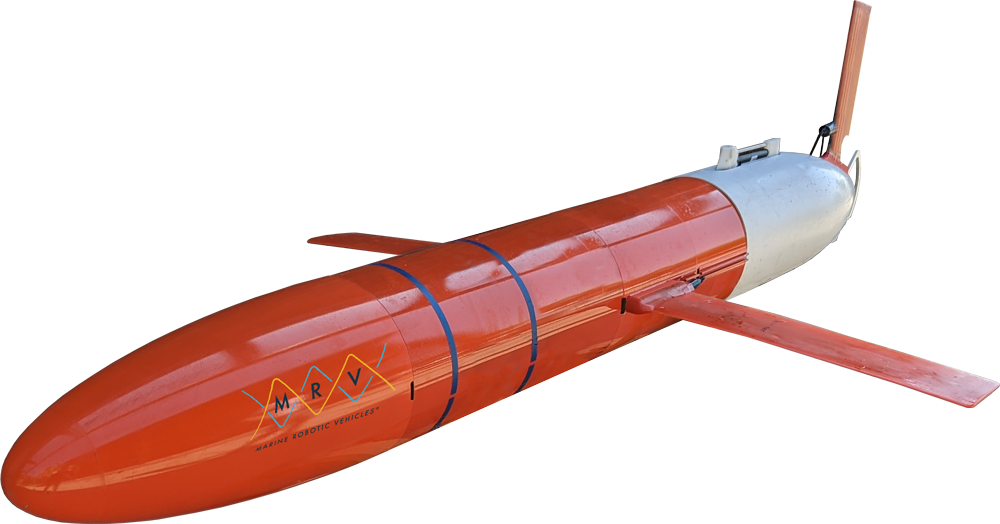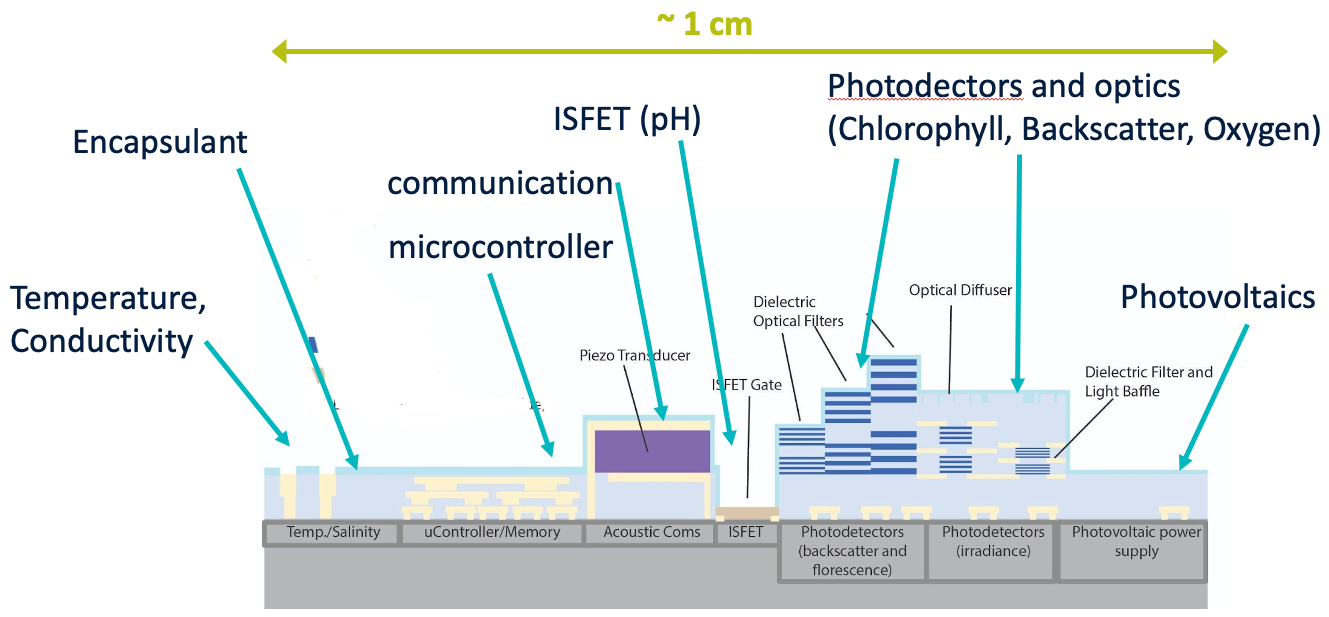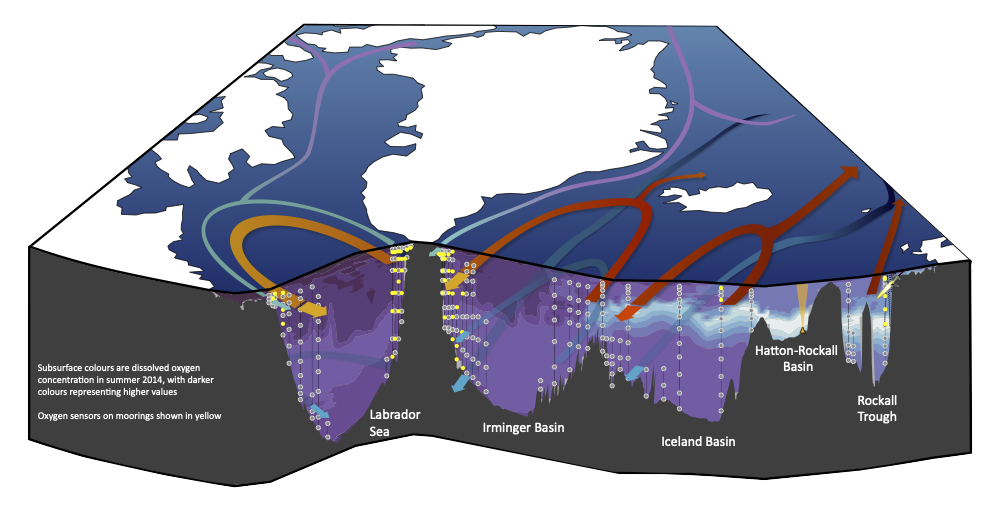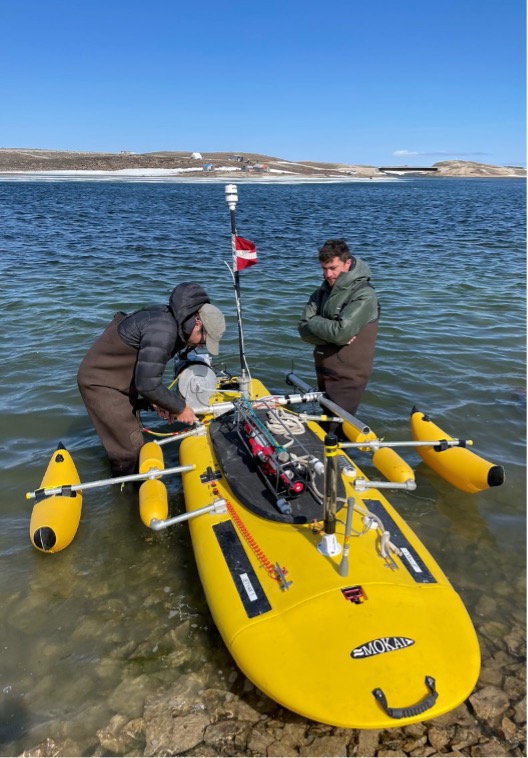Projects
Boomlab projects tackle pressing challenges in ocean carbon cycling. Select projects are outlined below
Featured

The Global Ocean Biogeochemistry (GO-BGC) Array is a project funded by the US National Science Foundation to build a global network of chemical and biological sensors that will monitor ocean health. Scientists at the Monterey Bay Aquarium Research Institute, the University of Washington, Scripps Institution of Oceanography, Woods Hole Oceanographic Institution, and Princeton University will use this grant to build and deploy 500 robotic ocean-monitoring floats around the globe as part of NSF’s Mid-scale Research Infrastructure-2 program.

More

Boomlab is collaborating with U. Penn, U. Michigan and Analog Devices to develop carbon new sensing capabilities

This project adds dissolved gas sensors (oxygen and carbon dioxide) to to the OSNAP subpolar mooring array to investigate the rates and processes governing gas exchange.

Lorem ipsum dolor sit amet, consectetur adipiscing elit, sed do eiusmod tempor incididunt ut labore et dolore magna aliqua.

Lorem ipsum dolor sit amet, consectetur adipiscing elit, sed do eiusmod tempor incididunt ut labore et dolore magna aliqua.
Previous

EXPORTS) is a large-scale NASA-led field campaign that will provide critical information for quantifying the export and fate of upper ocean net primary production (NPP) using satellite observations and state of the art ocean technologies.
